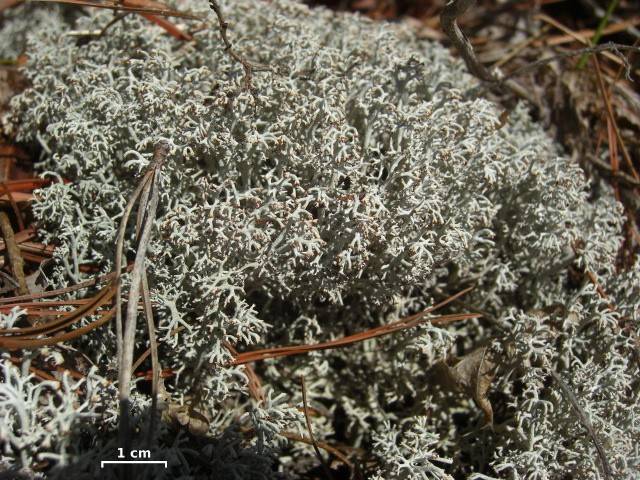Summary of Lichens
Lichens
are a symbiotic structure, consisting of a Fungus, or mycobiont (80%
are members of the Fungal Phylum Ascomycota) and an Alga, or photobiont, species (usually
a member of Division/Phylum Chlorophyta [Green Algae], with 75% being from the genus Trebouxia). For the purposes of classification, they are
listed under their fungal phylum. All
examples below are Ascomycetes.
Lichens are found in three general structural forms,
based on the shape of their thallus (body):
Crustose, which are flat and crust-like. Cf. the
Orange Sea Lichen (Caloplaca marina), seen below:

Foliose, which are flat and leaf-like. Cf., the
Common Greenshield Lichen (Flavoparmelia caperata), seen below:

Fruticose, which are coral- or branch-like. Cf. the Reindeer Lichen (Cladonia
rangiferina), as below:

No comments:
Post a Comment